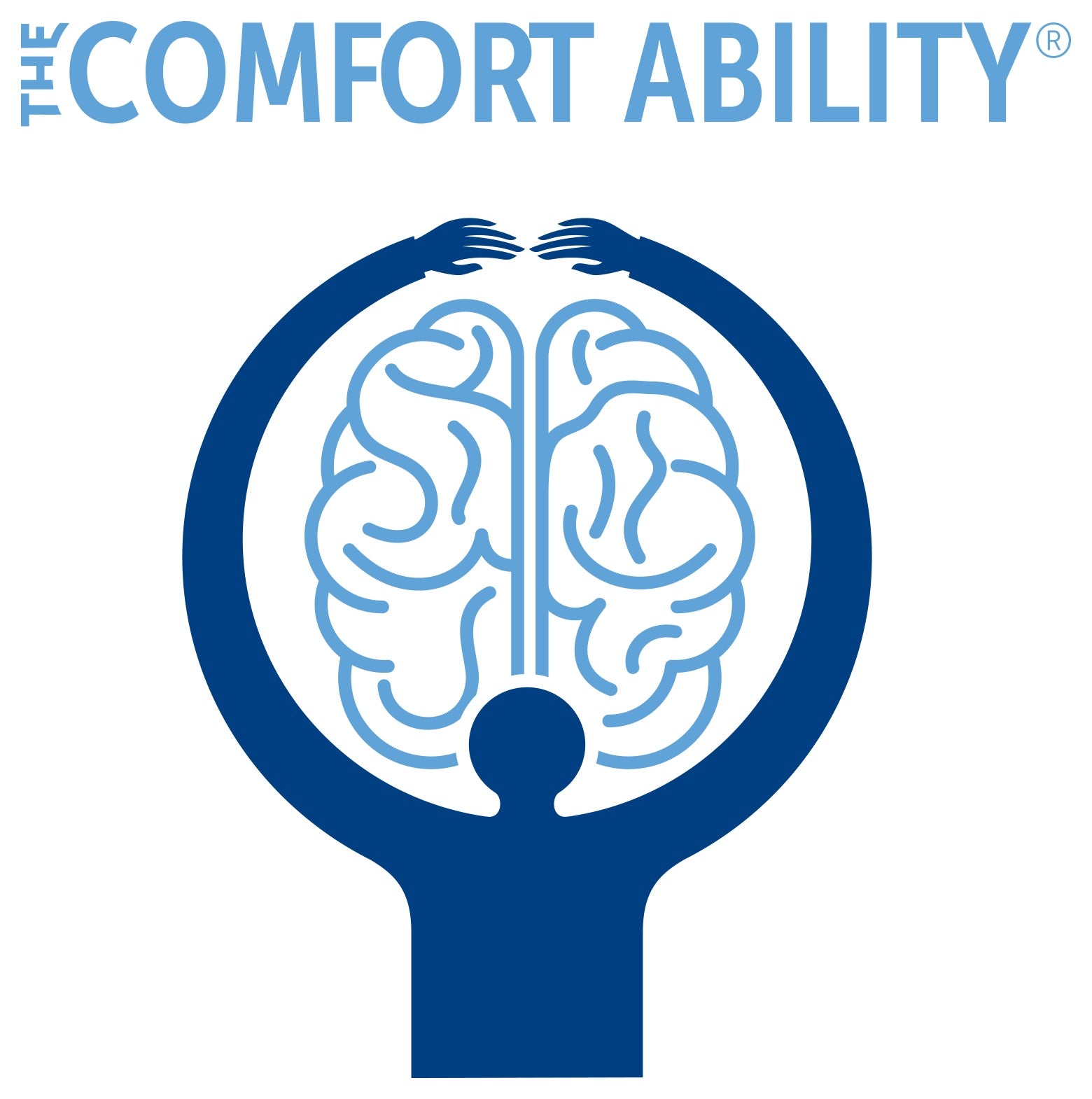Pediatric doctors and psychologists are using the diagnostic term Functional Neurologic Disorder (FND for short) more often in the last few years. The term FND is not new; however, recent research has added to our knowledge about this condition and increased our understanding of how to help patients recover. As a result, doctors now have more confidence in diagnosing FND. Still, this diagnosis can be confusing for patients and families.
Here are the answers to five common questions about FND:
1. What is FND?
Functional Neurologic Disorder (FND) is an umbrella term that describes a neurological (brain-based) symptom or group of symptoms not caused by an organic disease process. Symptoms may look just like a neurological problem (such as a seizure), but they are not caused by a problem in the brain, they are caused by the messaging between the brain and the body. In other words, the hardware of the body is good (there is no problem with the brain, nerves, muscles, bones, etc.), with a FND the problem occurs within the body’s software system (the messages sent from the brain to the body).
2. Are FND symptoms real?
Yes! FND symptoms are real; people with FND are not imagining or faking their symptoms. Symptoms can include a wide range of difficulties including motor weakness or unusual motor movements, seizure-like activity, chronic pain, balance problems or dizziness, speech or visual changes, sleep disturbances, and more. These symptoms can be very debilitating and often disrupt school, activities, social life, and mood. In the past, many people mistakenly thought FND was a psychological disorder. Now, the medical community understands FND in the context of biological, psychological and social factors, similar in many ways to chronic pain.
3. Is FND rare?
No! Functional symptoms are very common, though the exact prevalence is unknown. One study reported that FND is the second most common reason for a neurology referral, after headaches. FND symptoms can occur alone or along with other problems. For example, a person with a leg injury can develop functional motor symptoms such as leg twitching or shaking that cannot be explained by the injury itself. Similarly, a person who has significant anxiety or panic attacks can develop functional seizure-like symptoms that do not indicate abnormal brain activity. While FND is common, most people have never heard of the diagnosis before.
4. How do you diagnose FND?
A neurologist, pain management physician, or other specialty physician usually makes a diagnosis of FND only after a thorough medical history, exam, and diagnostic testing. A psychological or psychiatric evaluation is also commonly part of the diagnostic process because psychological stress and trauma may increase risk for the onset of FND. Evaluating common triggers for FND, such as a recent injury or illness, may also be part of an evaluation, though many FND symptoms start “out of the blue” without a known trigger.
5. How do you treat FND?
The goal of treatment for FND is to teach the brain and body to function normally again. The most evidence-based treatment approach includes a combination of cognitive behavioral therapy (CBT), physical therapy (PT) and close monitoring by a medical provider. Patients and families also need up-to-date education about FND so they fully understand the diagnosis. While there is no specific timeline for recovery, most pediatric patients move beyond their symptoms and return to their typical routines.
The Comfort Ability Program is often recommended to adolescents with FND to jump-start their CBT treatment. While the Comfort Ability Program focuses primarily on chronic pain, the functional rehabilitation skills and tools taught within this program are actually quite useful for a wide range of FND symptoms.
For more information on FND: FNSD SIG:Resources for Patients and Families
Image by Sanjay K.J. from Pixabay

